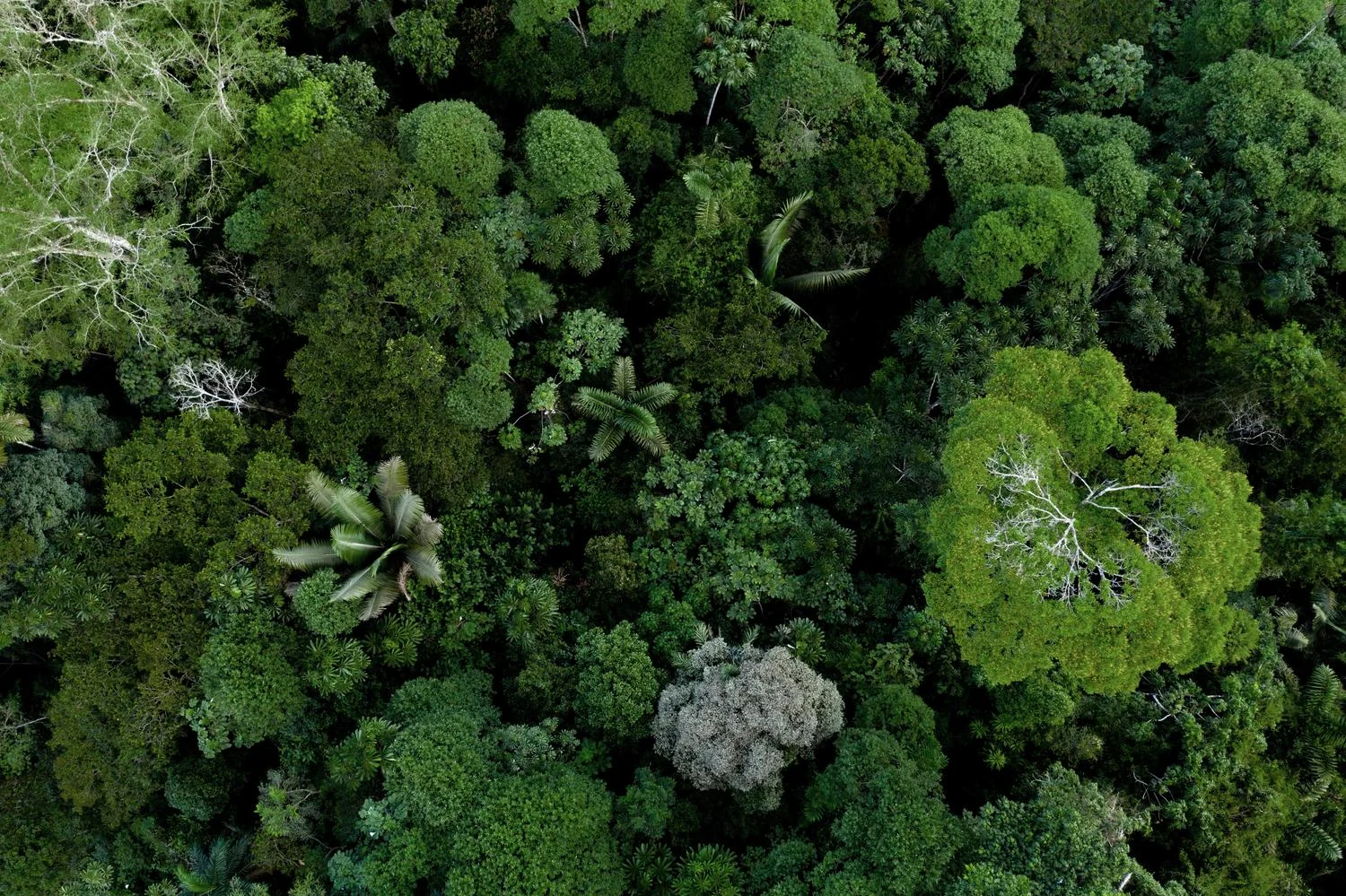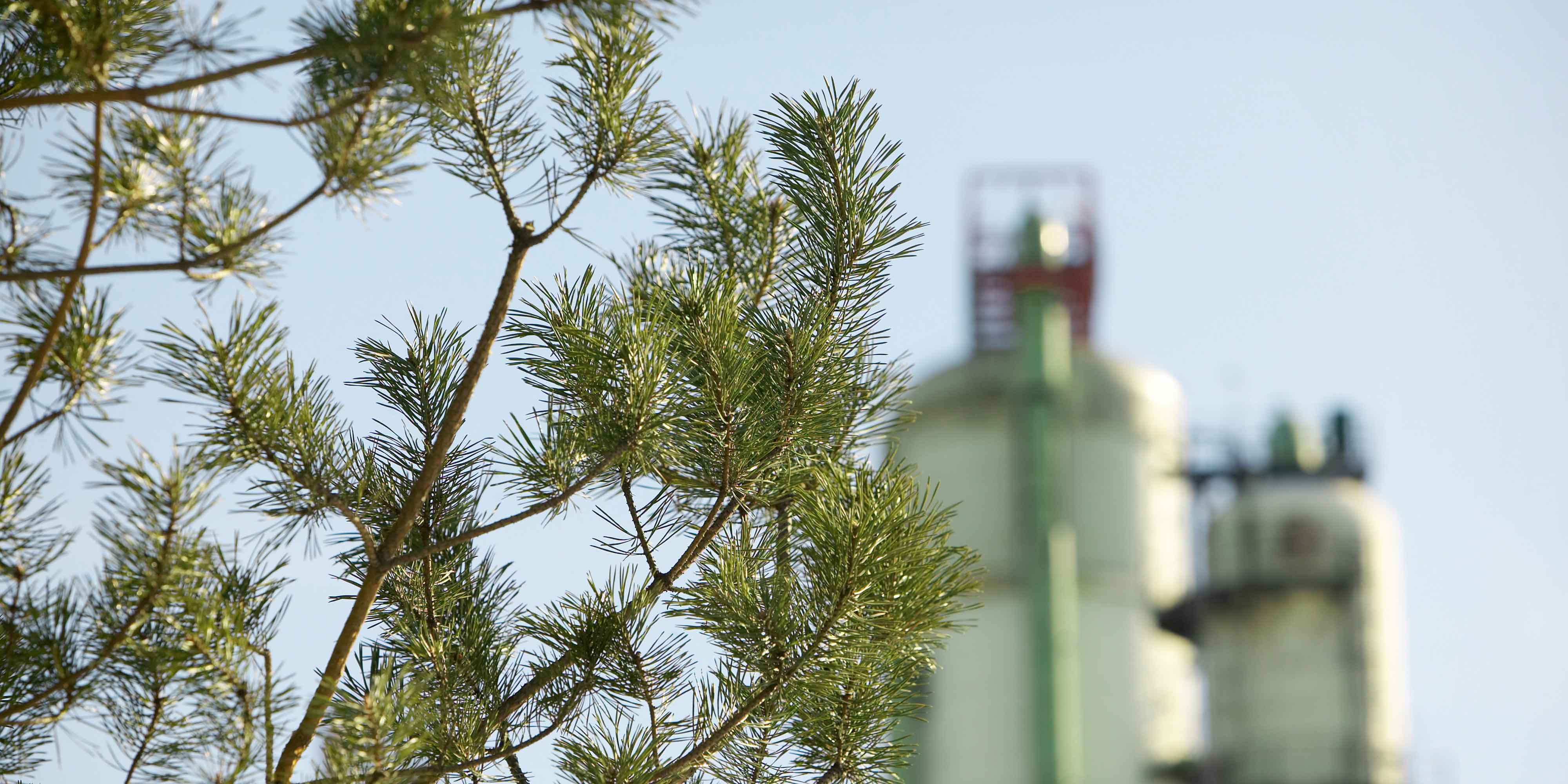
Sustainability
5 minute read
5 tips on how your business can boost biodiversity
The United Nations warns that “escalating trends of forest loss, land degradation and the extinction of species pose a severe threat to both the planet and people”. What can individual businesses do to boost biodiversity?
According to the World Economic Forum’s Global Risks Report 2023, the loss of biodiversity is the fourth most severe risk facing the world over the next decade – yet within the wider sustainability agenda the issue of biodiversity loss has remained less talked about, and businesses struggle to make the connection with how their policies and actions can help make a difference.
The starting point is to understand the two-way link between biodiversity and climate change, explains Julie Dimitrijevic, a biologist and technical specialist in the corporate sustainability team at Fauna & Flora, an international nature conservation charity that works with partners in nearly 50 countries to protect threatened species and habitats.
“It’s all interlinked,” she says. “Climate change affects biodiversity loss - but the decline of biodiversity accelerates climate change - it’s a negative feedback loop, and this requires holistic thinking.
What is clear is that we are currently consuming products and resources at a rate that nature cannot regenerate and we can’t keep doing that.”
Biodiversity action points for businesses
To really make a difference Dimitrijevic is urging business leaders to dig deep to really understand and be honest about the effect their company is having on nature across their value and supply chains – as this will then guide them on the action they should be taking on biodiversity.
With this thinking, a five-point plan for businesses to get started would include:
Understand your company’s assets and where they are - how your direct operations affect biodiversity.
Think supply chains - the upstream impact. For example, clothing manufacturers should consider where their cotton is coming from and how cotton producers impact the environment locally.
Think where your goods and services are going - the downstream impact. For example, a grocery store should think about what happens to the plastic packaging that consumers take off their products. How does that waste impact nature?
Set targets at an institutional level, so that appropriate training and budgets are triggered. “Understanding and changing how you operate is going to require training and is going to require finance allocated toward capacity building,” says Dimitrijevic.
Finally, use all this data and these targets to inform your stakeholders how your business operates - a process of adaptive management. “It is a long-term process that will take time and long-term buy-in,” says Dimitrijevic.
Asta Soininen, an associate in sustainability and regulations at Neste – which has worked on biodiversity with Fauna & Flora - agrees that this kind of strategic approach is important. At Neste this shows up with larger overarching targets such as creating net positive impacts for biodiversity from new activities from 2025 onwards, no net loss on biodiversity from all ongoing activities by 2035, and working towards a nature-positive value chain by 2040.
But Soininen also sees value in smaller scale projects, to get started. For example, the company has set up beehives at the headquarters in Espoo, Finland, and a wild meadow at the Porvoo refinery, to help to increase plant pollination in the area and support a diversity of plants.
“Such small projects drive employee engagement and raise awareness,” Soininen says. “It is one way to send the message that biodiversity is an important focus for the company. We are not claiming that this is going to neutralize the impacts made by the company but we’ve got to start somewhere.”
Protecting biodiversity through collaboration
In addition to the five-step plan, Dimitrijevic highlights collaboration as an essential ingredient in protecting and restoring biodiversity. “Governments or civil society cannot do this alone, companies need to act too - we all need to work together,” she says.
Soininen, who is part of the team developing Neste's targets for nature and biodiversity, agrees: “We need collaboration both internally and externally.We do this, for example, in our work towards nature positive value chain with Fauna & Flora and through the programs within Science Based Target Network, where we are helping to develop methods and guidance for science-based targets for nature. In the end, the targets will not be achieved without collaboration with other companies in our value chain, so increasing the level of engagement is also a must-have in this journey to protect biodiversity. ”
She points to the Siak-Pelalawan Landscape Project in Indonesia as an example of supply chain collaboration. Here a host of large global companies are working with the Siak government to engage and educate smallholder palm oil farmers to boost biodiversity, and protect forests and peat. “This is a great example of how we can have a positive impact by working together, collaboratively,” says Soininen.
Start with the first step
While integrating yet more sustainability-related targets and processes into business strategies and policies may seem daunting, Dimitrijevic argues that there is no time to waste.
“Don’t wait for the perfect solution,” she says, “We have to act now. All companies need to be putting less pressure on nature and contributing towards a nature-positive future.”
Recent global biodiversity targets and legislative action
In December 2022, after four years of negotiations, the governments of nearly 200 countries (with the exception of the US and the Vatican) signed an agreement at the biodiversity COP15, co-hosted in Montreal and China, which includes targets to:
protect 30% of the planet for nature by the end of the decade
reform $500bn of environmentally damaging subsidies, and
restore 30% of the Earth’s degraded terrestrial, inland water, coastal and marine ecosystems. (Source)
In July 2023 MEPs in the European Parliament in Strasbourg, France, narrowly voted through a nature restoration law that will place recovery measures on 20% of the EU’s land and sea by 2030, rising to cover all degraded ecosystems by 2050.
Credits:
Nick van Mead, an award-winning city journalist with more than 20 years at the Guardian and the Associated Press, most recently as deputy editor of Guardian Cities.





